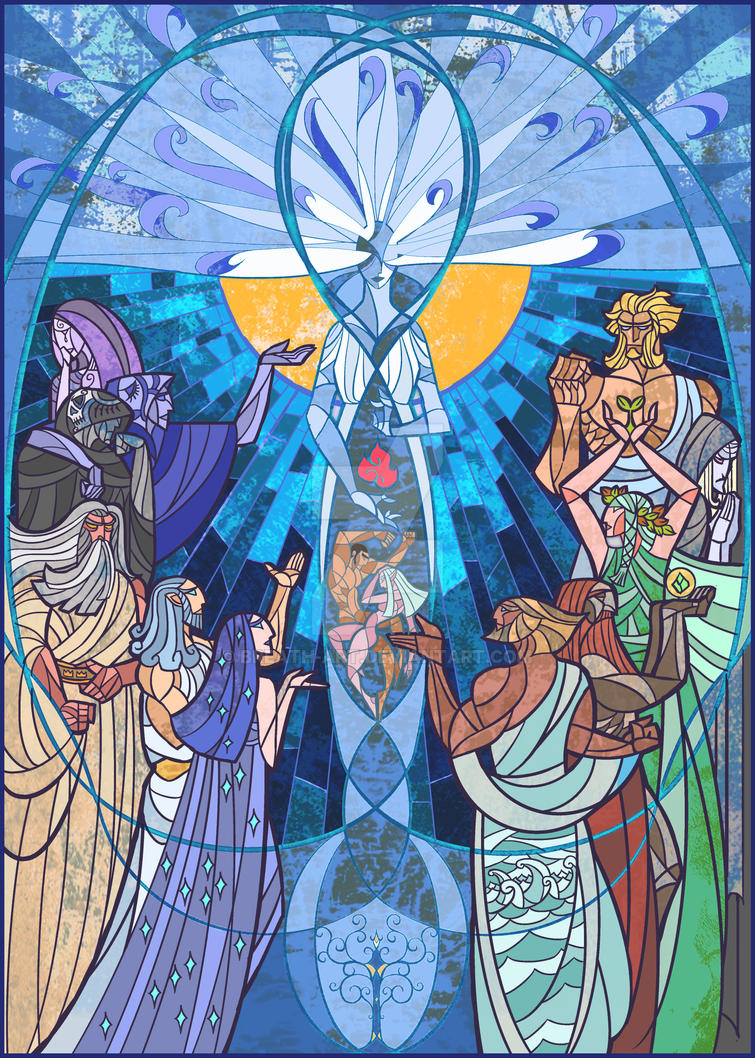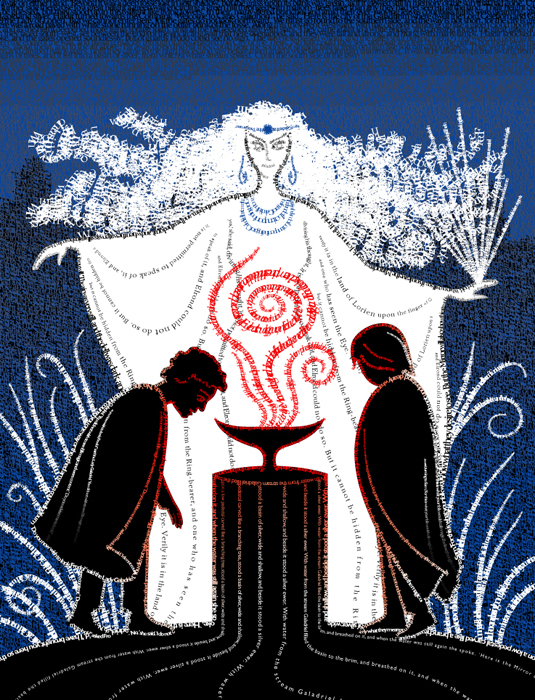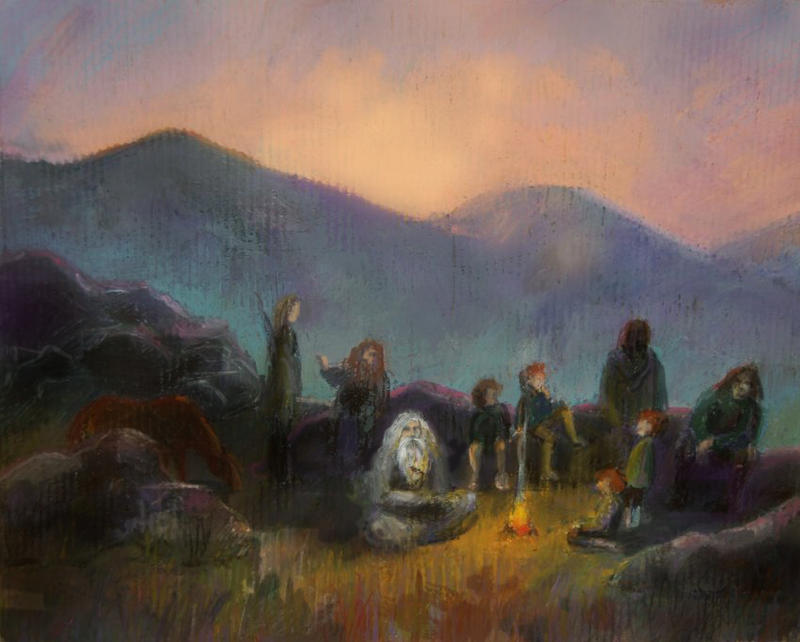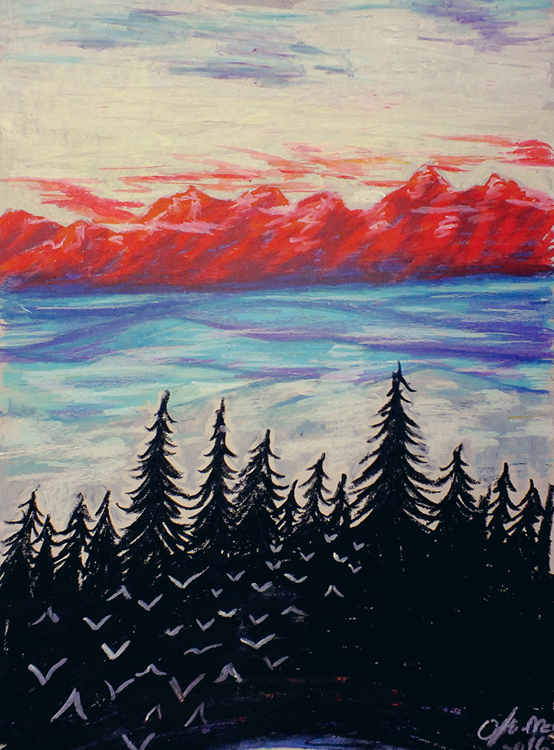In my last article in this series, I stated why I’d be more interested in seeing The Silmarillion done as a high-quality, multi-season TV production than in the form of a series of films (even a trilogy of trilogies). In this one, I’ll lay out (at a high level) how I’d see the TV show playing out.
In short, I see The Silmarillion being done in 6 seasons of 10 episodes each. Here’s a look at what each season would encompass. Over the next few posts in this series, I’ll elaborate with more specifics on each season.

Season 1 – The Awakening of the Elves: Season 1 would be primarily concerned with the journey of the Elves to the Blessed Realm under peril from Melkor. Basically, Chapter 3 would be in focus here. Everything before (Ainulindalë, Chapters 1 & 2) is background and would be handled as flashbacks/intro/stage setting. It would end on something of a high note, with the Elves arriving safely in Valinor and Melkor defeated and imprisoned. However, there would be a note of dread about the awakening of Ungoliant, and the secret machinations of Melkor to corrupt and destroy the Elves no matter the cost.
Season 2 – The Darkening of Valinor: Chapters 5 thru 8. Season 2 would take place almost entirely in the Blessed Realm, and would focus on Melkor’s manipulations, ending with the destruction of the Two Trees, the theft of the Silmarils, the murder of Finwë, Valinor in darkness, and Melkor and Ungoliant on the run.
Season 3 – The Pursuit of Melkor: Chapters 9 thru 13. Season 3 focuses on the Oath of Fëanor, the kinslaying, the break with the Valar, and the bickering of Melkor and Ungoliant. It ends with the death of Fëanor.
Season 4 – The Wars of Beleriand: Chapter 16 thru 18. Season 4 picks up some time after the death of Fëanor, after the Noldor have established themselves in Beleriand, and with the arrival of Men. This season would focus on the battles against Angband leading up to the Battle of Sudden Flame and ending with the death of Fingolfin.
Season 5 – Beren, Lúthien, Túrin: Chapters 19 thru 21. Season 5 focuses on Beren and Lúthien for the first half, and then, from that high point, descends into even greater tragedy with the Battle of Unnumbered Tears and the story of Túrin and the fall of Nargothrond.
Season 6 – The Journey of Eärendil and the End of the First Age: Chapters 22 thru 24. Season 6 focuses on the fall of Gondolin and the ever-increasing desperation of the peoples of Beleriand. It ends with Eärendil’s journey and the War of Wrath.
Let me just close with this: I truly hope this happens one day. I think The Silmarillion contains material that could make for utterly compelling TV. If put in the right hands (a show runner that respects the source material and Tolkien’s vision), it could be one of the best shows ever.
Here are the previous posts in this series:








